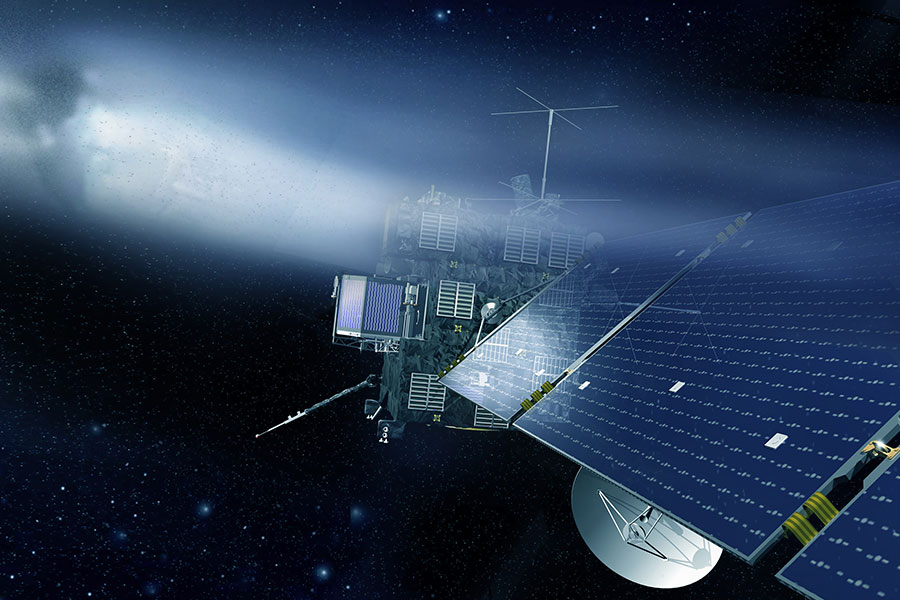



Imran Mehdi (Fellow IEEE) is the Group Supervisor of the Submillimeter-Wave Advanced Technology group and a Senior Research Scientist at JPL. He received his BSEE in 1985, MSEE in 1986 and his Ph.D. in 1990, all from the University of Michigan. His responsibilities include developing THz components, technologies and subsystems for current as well as future NASA missions. He serves as the Editor-in-Chief for the IEEE Transactions on THz Science and Technology. His current interests include millimeter and submillimeter-wave devices, technology, nanotechnology, high-frequency instrumentation, 3D Submillimeter-wave systems, and development of compact, low-power heterodyne receivers for planetary missions.

To make Terahertz devices even more useful, they need to be smaller, more efficient, versatile and tolerant of a wide range of operating conditions so that they can be deployed in an even greater range of NASA missions. MDL recently...

Future large ground based and space mid-IR (l ~ 10 µm) interferometers can enable direct imaging of protoplanets and even habitable exoplanets that mostly emit in this spectral range. One of the promising ways to carry out line...

Over the last few years, NASA has funded development of super-compact submillimeter-wave instruments for planetary exploration. Submillimeter heterodyne instruments play a critical role in addressing fundamental questions...

The antenna used to couple the radiation to the sensor is a key component to ensure that the system achieves the sensitivity to perform the scientific observations. In this effort, we have designed a waveguide-based...

One of NASAs larger scientific interest lies in the studies of heavenly bodies in our solar system. Remote studies of cold bodies with spectrometers and radiometers provide information of the planets atmospheric composition and surface...

Extremely high sensitivity detectors are required for investigating the star-forming regions of the universe and making quantitative measurements on abundances of various molecular species in areas of active star...

NASA deploys radio telescopes on balloons to gain fundamental insights into the origin and development of the solar system and of stars in distant galaxies. The Stratospheric Terahertz Observatory (STO-2)...

Submillimeter-wave components and receivers that have been developed for space applications can also be used for applications on planet Earth. A portable radar system was demonstrated in 2014 that can provide imaging...